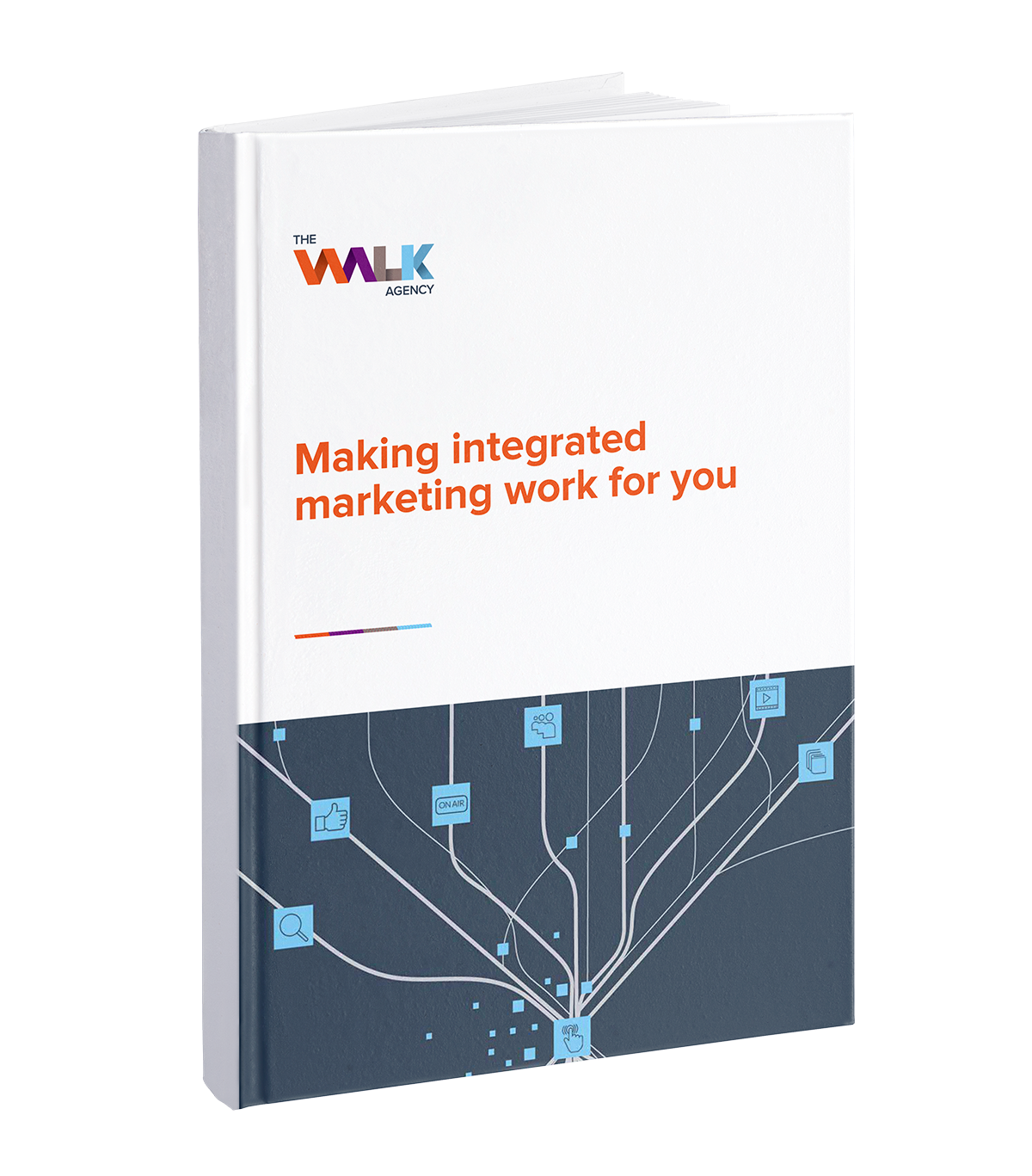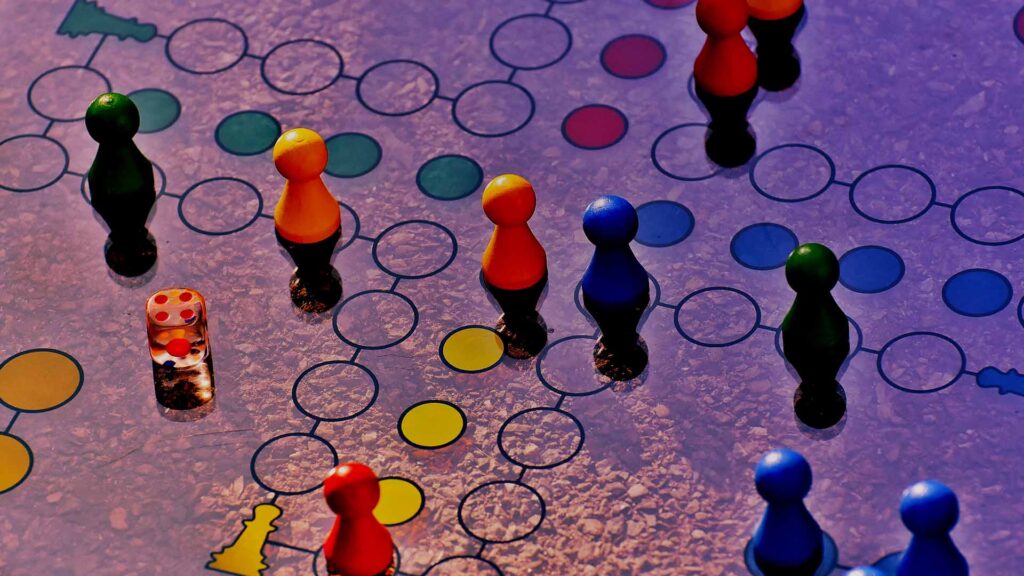Today’s market sees a multitude of tech providers offering dynamic content solutions. Existing suppliers are evolving their offering, and new players are joining the party to redefine the method and channels to deliver on the dynamic opportunity. So, what exactly is dynamic content and why should you look into it?
Dynamic content, at a glance
Put simply, it’s a framework which can deliver personalised content to different people, depending on what we know about them, without having to design creative assets for each individual. For example, we may know their name gender and age, what they like to consume, where they live, or which device they’re using. With this information, we can change our content by adjusting the message, image, call-to-action, colour, time of delivery, language or other elements.
So, for example, instead of delivering ads that always look or read the same (think just a block of text or a static image), the messaging and creative can be changed based on decisions we make with an understanding of user history or the context in which an ad appears. We can change a single part or numerous parts of an ad to increase it’s relevance.
Dynamic content presents your brand with a smart and scalable way to reach your audience with the right message, at the right time and in the right place to increase engagement.
A successful dynamic content project will deliver…
A dynamic content project is smart and scalable, and allows you to focus on the content itself, rather than the technical aspects such as the HTML or setup of numerous ads. And of course with the increased time spent on the content, you can develop multiple messages, ensuring the right message is delivered at the right time.
This scalable delivery leads to decreased cost per action (CPA’s), reduced production costs and increased return on investment (ROI).
A successful dynamic content project will even make it easier to test creative performance.
Who should consider using dynamic content?
Dynamic content is suited to a range of brands and businesses, but certain businesses may find it especially beneficial.
Businesses that want to test which creative iteration best resonates with a single audience should consider dynamic content, as well as those marketing to more than one target audience. Dynamic content allows us to learn more about our audience(s) to discover the content that is most relevant to them. Businesses with multiple products or services would also benefit from dynamic advertising content, as it allows for several iterations at scale to test what works and what doesn’t.
Dynamic content is also suited to organisations with certain goals. Those who want to adopt a data-driven creative approach might find dynamic content useful, as well as those who want to personalise their creative across channels. These channels may be above the line (ATL) or below the line (BTL).
Dynamic content offers a variety of benefits and results, so it makes sense that it’s suited to a wide variety of brands and businesses. If your business has ambitious content goals, you should consider employing dynamic content.
Challenges with developing and executing a dynamic content project
Dynamic content comes with a long list of benefits, but it also has its challenges. One of the biggest challenges of many dynamic content campaigns is that there may be multiple agencies working with a client on different elements. A media agency might be taking charge of your media strategy, ad buy and tech stack selection, while a creative agency is charged with the creative strategy, brand story and messaging. Overcoming this challenge is a matter of meticulous planning and clearly defined roles.
So, what are the keys to success?
There are a few key components that a successful dynamic content project needs to consider during the planning and strategy phase. When projects fail to do so, it can result in a low return on your efforts.
- So to ensure your dynamic content project is a success, you should first clearly define your KPIs (key performance indicators). These will tell you what a successful campaign looks like and give you precise goals to accomplish.
- Next, you need to understand the audience(s) that you plan to target. This means learning about their profile, behaviours and tendencies.
- You also need to know their buyer journey or cycle for your product. This will inform how and when you deliver content to see the best results. You can deliver dynamic content through a variety of channels and formats that best suit your potential customers. It’s easy to focus on digital first when it comes to dynamic content, but this approach can also be used across other mediums and may be worth consideration for your next multi-channel campaign.
- Next, your project needs a creative matrix. This matrix will assign each dynamic ad (visual, message, CTA) to an audience, channel and buyer journey stage. Placing content within the matrix will help you identify any creative gaps and inform your measurement framework.
- Because there might be several stakeholders working on one dynamic content project, you need to clearly define roles and responsibilities. Stakeholders should know exactly what is expected of them to make the project a success.
- Lastly, be sure to create a measurement plan that includes time for frequent reviews. Reviewing often will allow you to weed out poorly performing creative in order to boost the best-performing content.
Our process at The Walk Agency simplifies dynamic content and its delivery. We ensure your efforts are integrated across channels to optimise the impact of each creative execution delivered to your audience, with our focus always on greater ROI. Ask me how we can help.




